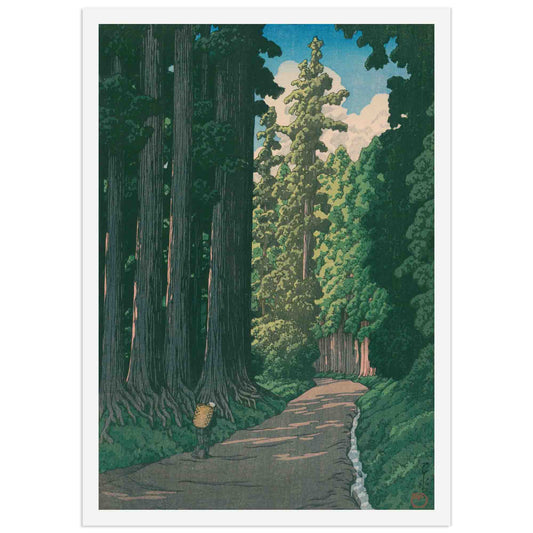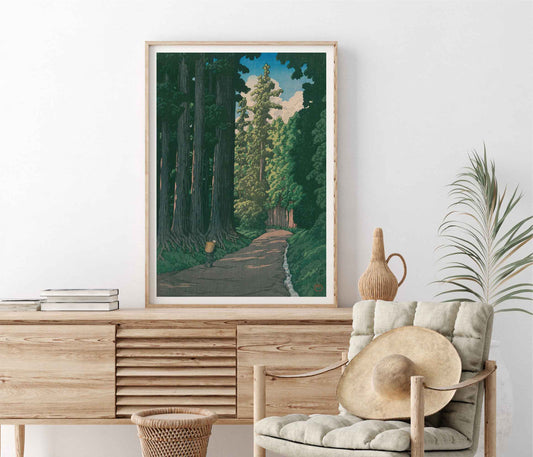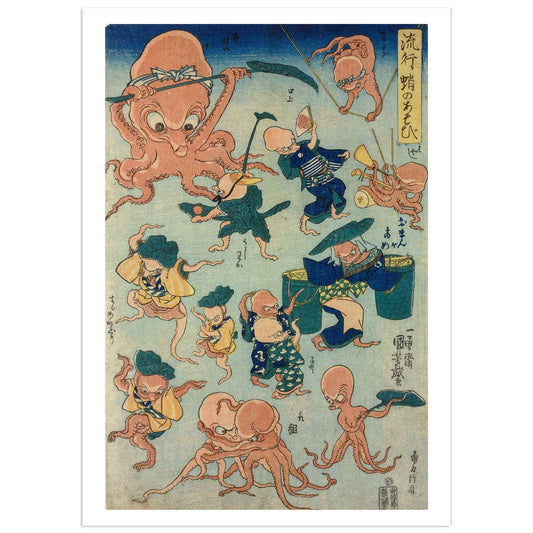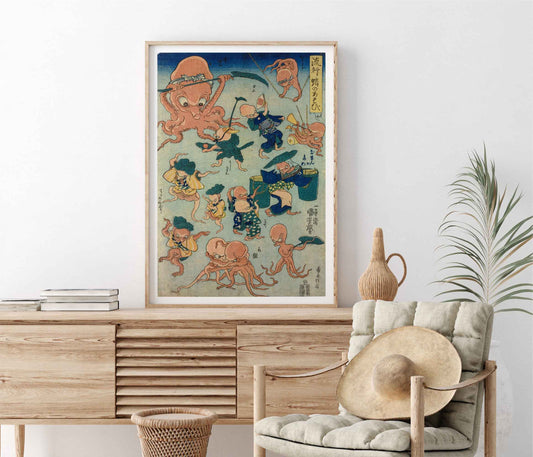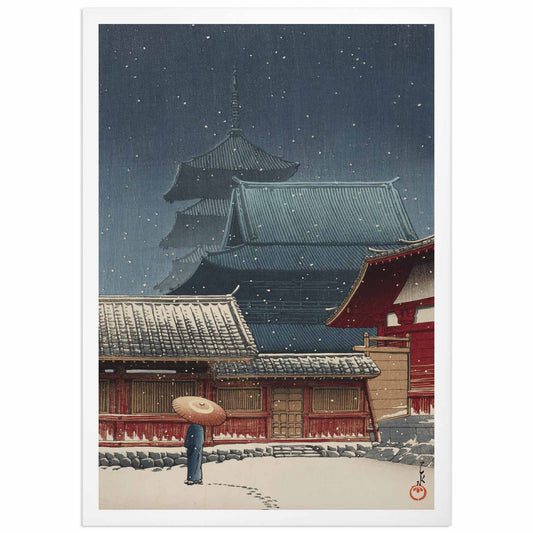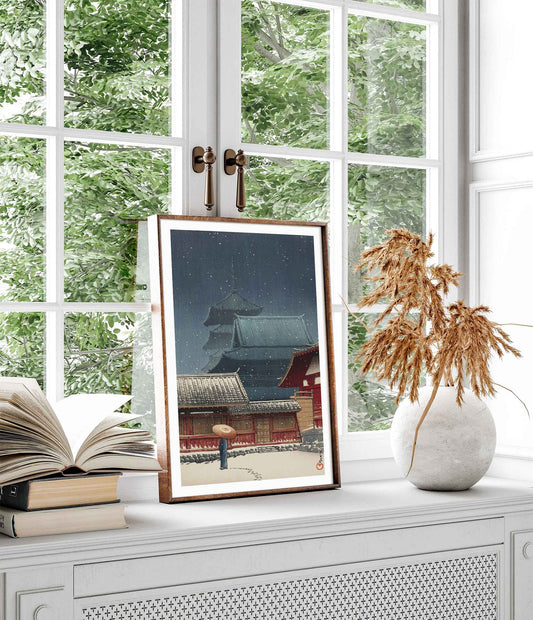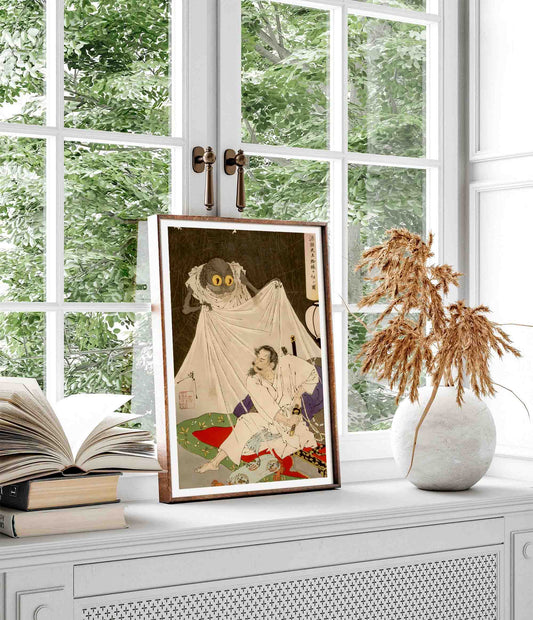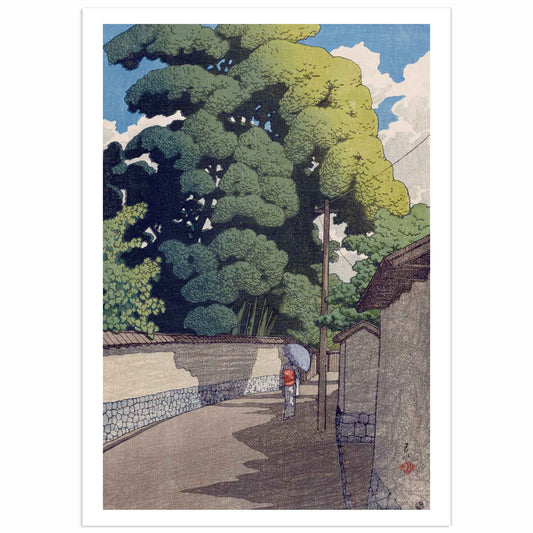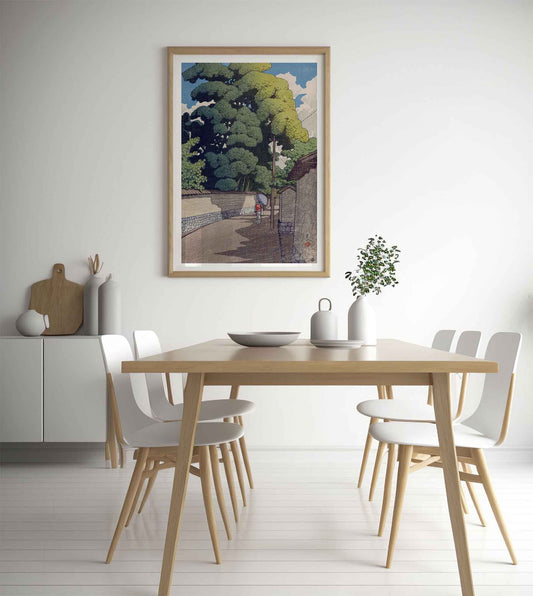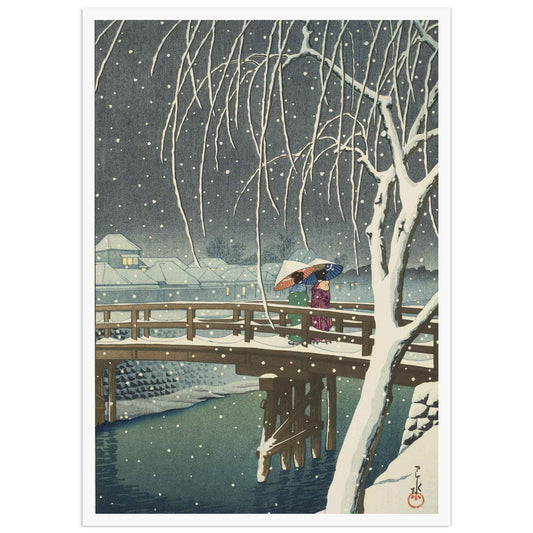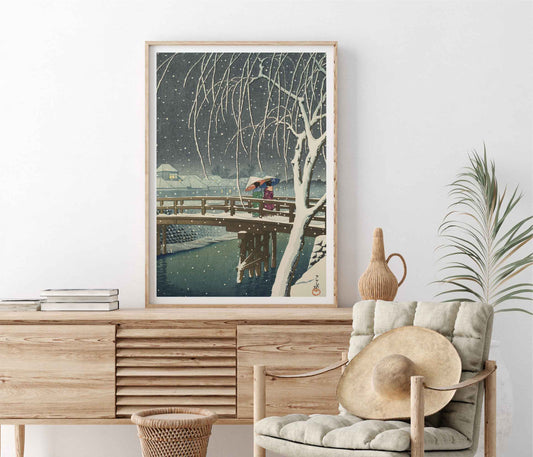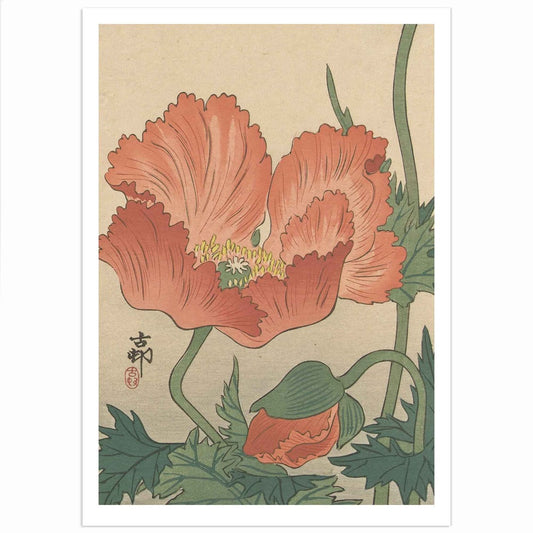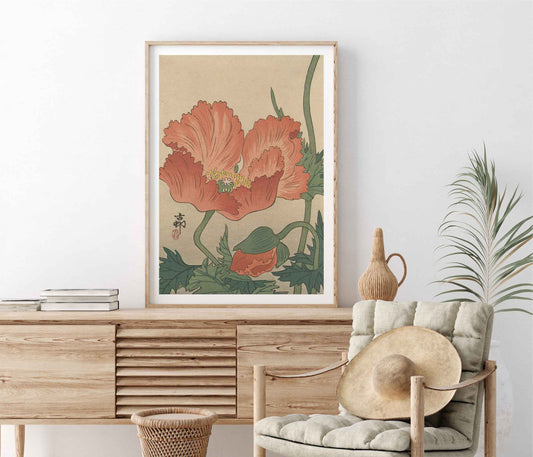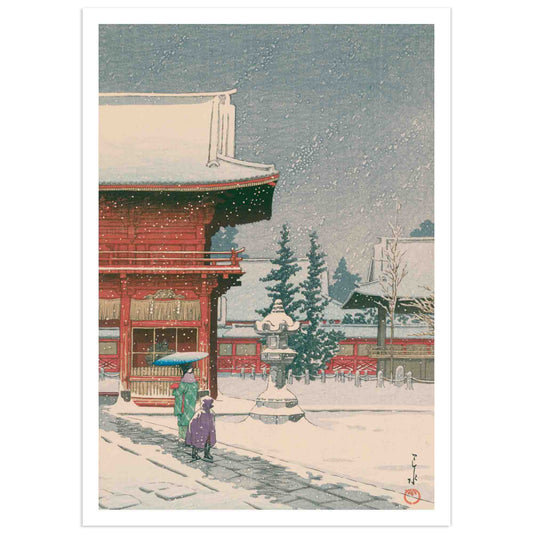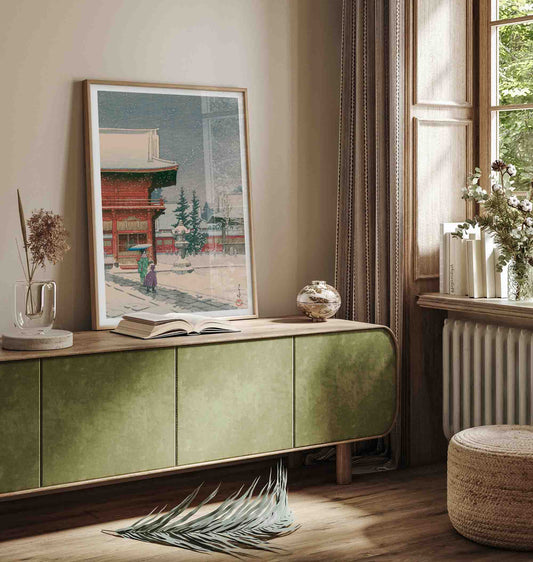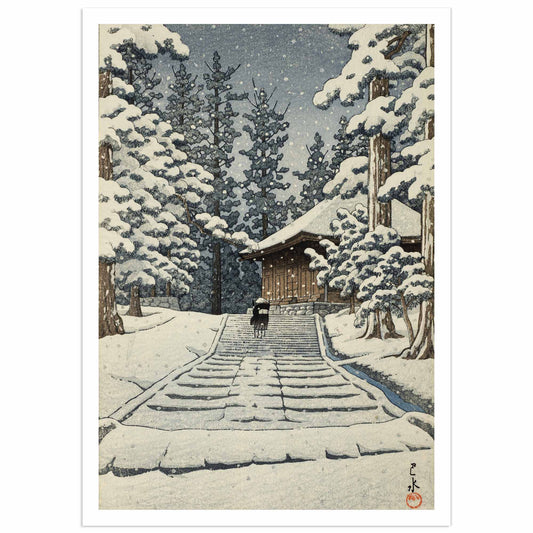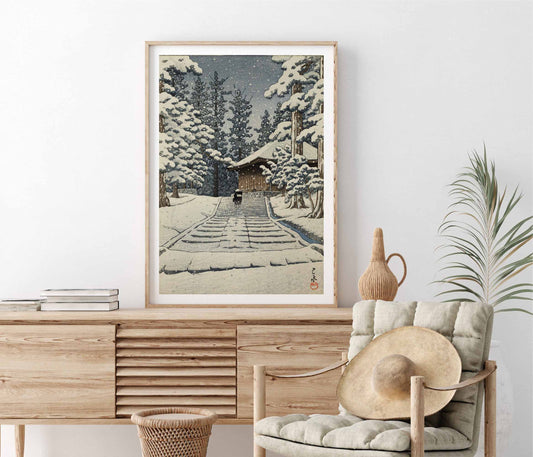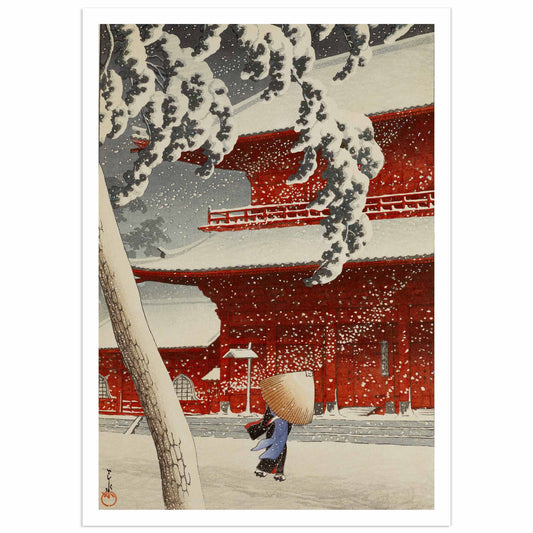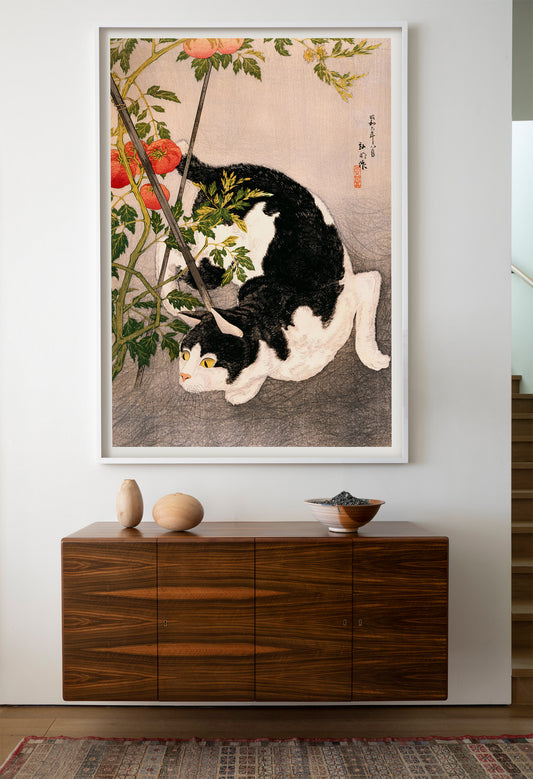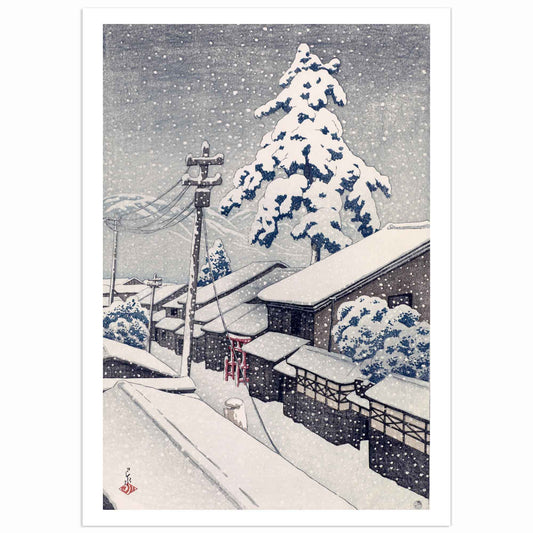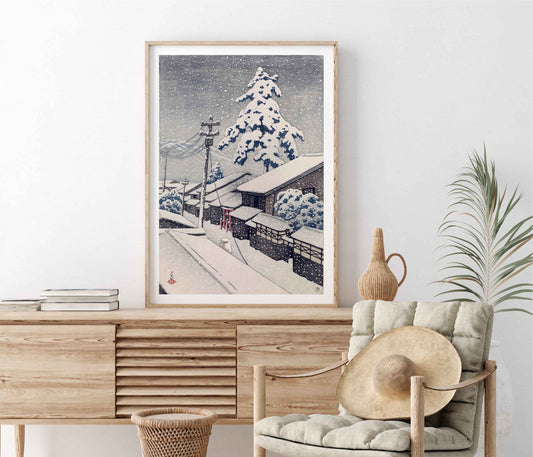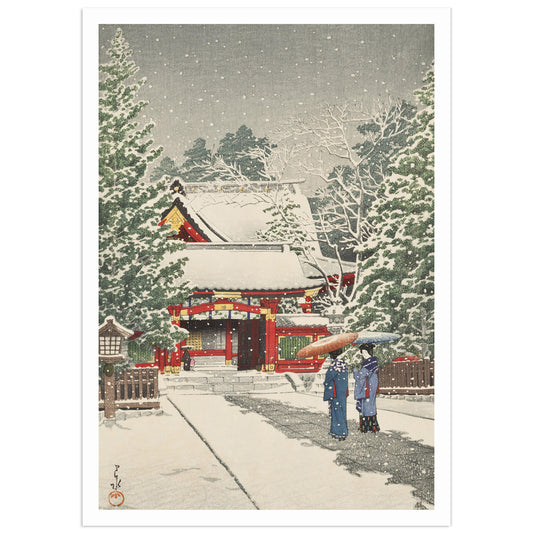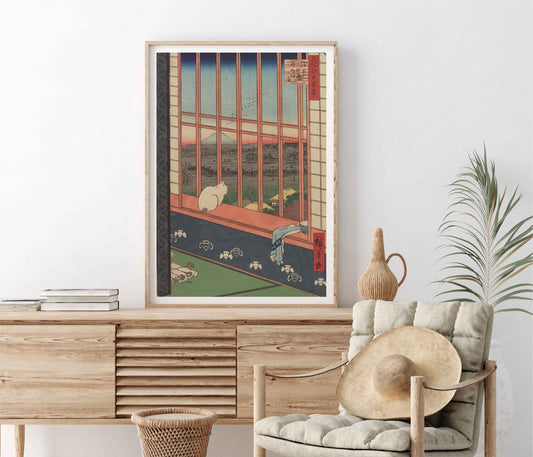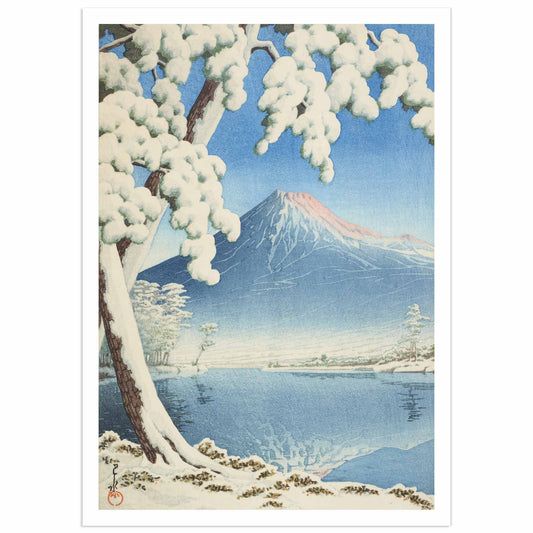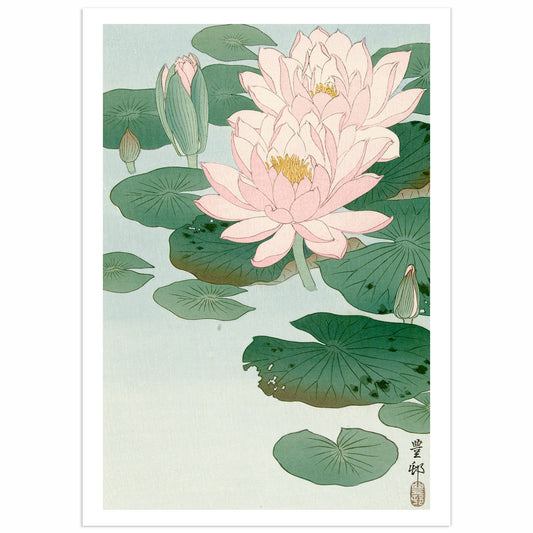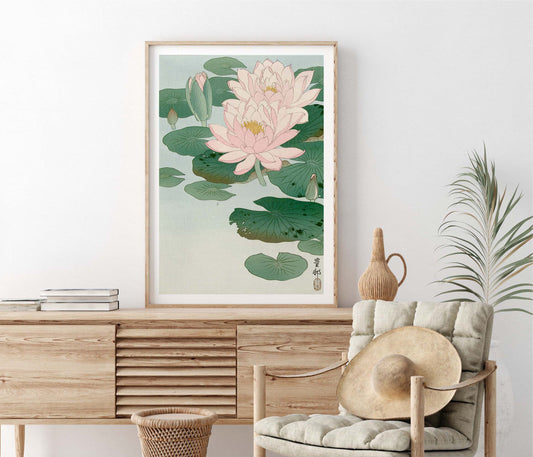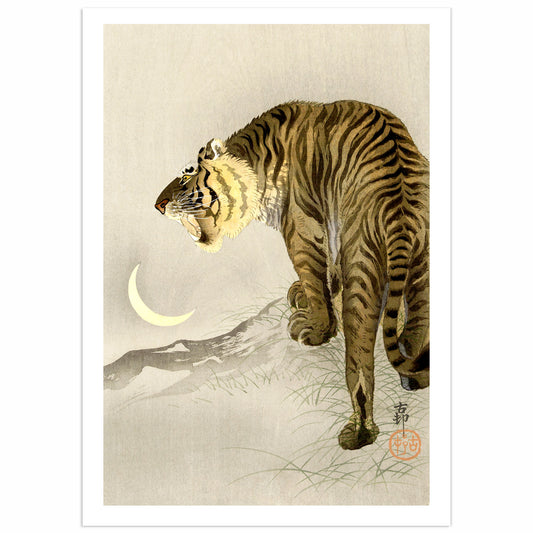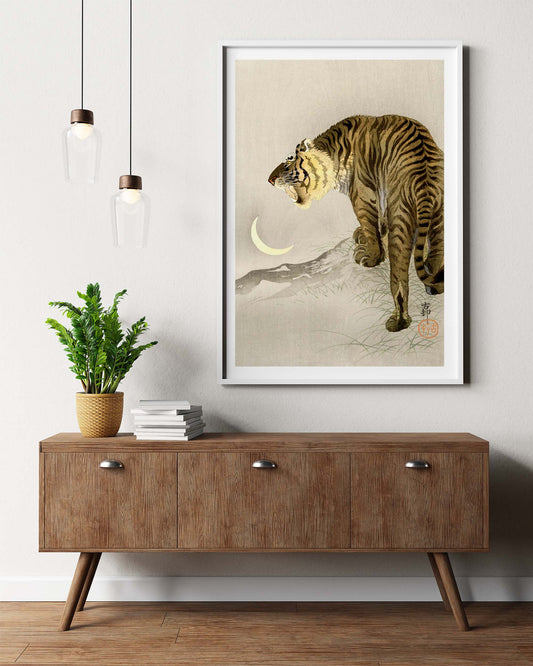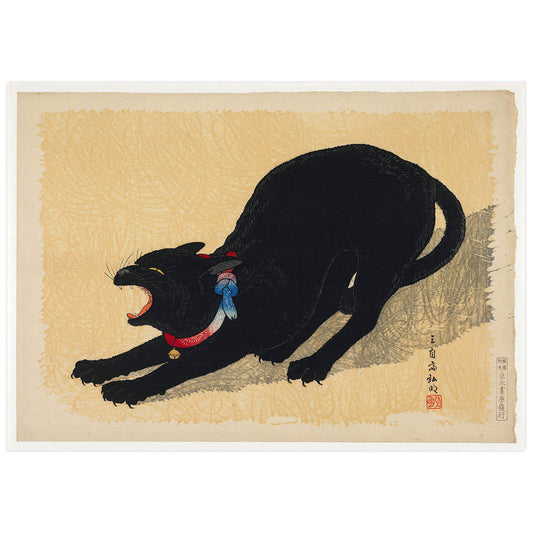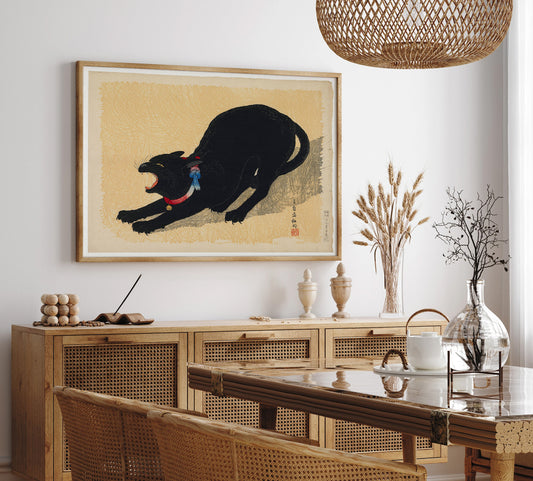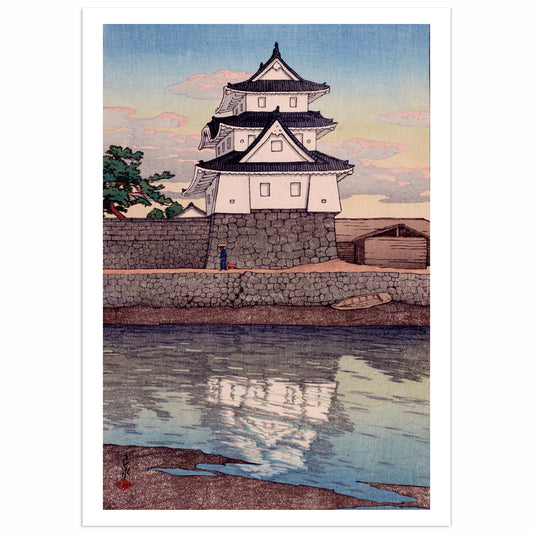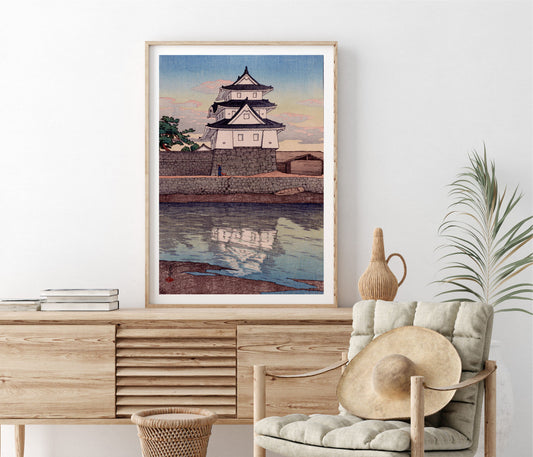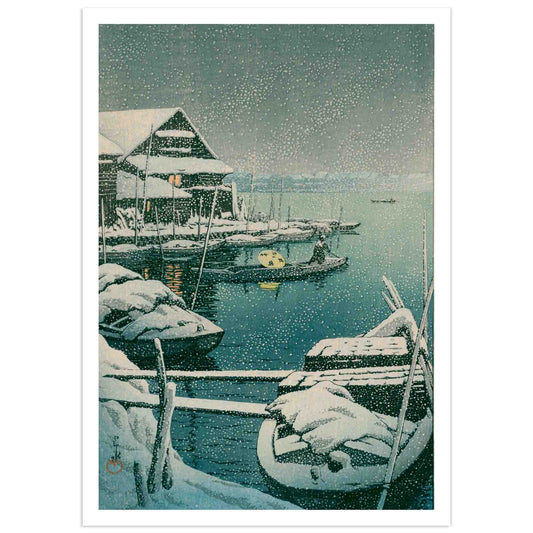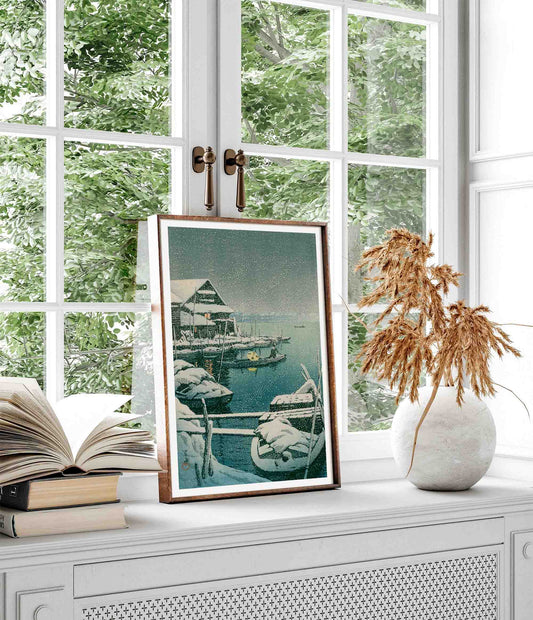-
Road to Nikko, Hasui Kawase
Regular price From $33.00 CADRegular priceUnit price / per -
Octopus Games, Utagawa Kuniyoshi
Regular price From $33.00 CADRegular priceUnit price / per -
Osaka Tennoji (Tennoji Temple in Osaka), Hasui Kawase
Regular price From $33.00 CADRegular priceUnit price / per -
Earth Spider, Yoshitoshi ukiyo-e print
Regular price From $33.00 CADRegular priceUnit price / per -
Shimohonda machi, Kanazawa
Regular price From $33.00 CADRegular priceUnit price / per -
Evening snow at Edo River, Hasui Kawase
Regular price From $33.00 CADRegular priceUnit price / per -
Poppies in bloom Poster - Ohara Koson
Regular price From $33.00 CADRegular priceUnit price / per -
Snow at Nezu-Gongen Shrine, Hasui Kawase
Regular price From $33.00 CADRegular priceUnit price / per -
Sailing Boat, Yoshida Hiroshi
Regular price From $33.00 CADRegular priceUnit price / per -
Saishoin Temple, Hirosaki, Kawase Hasui
Regular price From $33.00 CADRegular priceUnit price / per -
Konjikodo in the snow, Hiraizumi - Hasui Kawase poster
Regular price From $33.00 CADRegular priceUnit price / per -
The Temple Zōjōji in Shiba, Hasui Kawase poster
Regular price From $33.00 CADRegular priceUnit price / per -
Crytomeria Avenue (Sugi Namiki), Yoshida Hiroshi
Regular price From $33.00 CADRegular priceUnit price / per -
Black Cat and Tomato Plant, Takahashi Hiroaki poster
Regular price From $33.00 CADRegular priceUnit price / per -
Miyazu in Tango, Kawase Hasui
Regular price From $33.00 CADRegular priceUnit price / per -
Snow at Hie Shrine, Kawase Hasui
Regular price From $33.00 CADRegular priceUnit price / per -
Asakusa Ricefields, Utagawa Hiroshige
Regular price From $33.00 CADRegular priceUnit price / per -
Fuji no yukibare, Tagonoura
Regular price From $33.00 CADRegular priceUnit price / per -
Flowering Water Lily Poster - Ohara Koson
Regular price From $33.00 CADRegular priceUnit price / per -
Roaring tiger Poster - Ohara Koson
Regular price From $33.00 CADRegular priceUnit price / per -
Black cat stretching Poster - Takahashi Shotei
Regular price From $33.00 CADRegular priceUnit price / per -
Wise and Virtuous Women
Regular price From $33.00 CADRegular priceUnit price / per -
Takamatsu Castle, Sanuki
Regular price From $33.00 CADRegular priceUnit price / per -
Snow at Mukojima, Kawase Hasui ukiyo-e print
Regular price From $33.00 CADRegular priceUnit price / per
Ukiyo-e: The Floating World of Japanese Woodblock Print Posters
Ukiyo-e (浮世絵), meaning "pictures of the floating world," represents one of the most iconic forms of japanese woodblock print art, flourishing during the Edo period (1603-1868). These vibrant Japanese woodblock prints beautifully captured the essence of urban life in a time of peace and prosperity. From the graceful courtesans to the bold kabuki actors, ukiyo-e prints offered an insightful glimpse into Edo society’s entertainment, fashion, and travel scenes, making them a timeless choice for Japanese woodblock print posters.
Ukiyo and the Floating World:
"Ukiyo" (浮世) referred to the transient, pleasure-seeking aspects of life. Unlike traditional Japanese paintings focused on religious or historical themes, ukiyo-e woodblock prints captured the lively atmosphere of Edo’s entertainment districts, filled with theaters, teahouses, and bustling streets.
A Collaborative Art Form:
Creating Japanese woodblock prints like ukiyo-e was a highly skilled process. The artist would sketch a design, which was then carved into wooden blocks by artisans, with each block often representing a different color. The final prints were produced by carefully layering water-based inks, resulting in detailed, vibrant artwork that was affordable and widely accessible.
Exploring Ukiyo-e Subjects:
Ukiyo-e posters today highlight various themes, drawing from the diverse interests of Edo society:
- Bijin-ga (美人画): "Pictures of beautiful women," showcasing courtesans and geisha in stunning kimonos, were a central theme in Japanese art.
- Yakusha-e (役者絵): "Pictures of actors," especially kabuki performers, captured the dramatic energy of Japanese theater.
- Meisho-e (名所絵): "Pictures of famous places," like those by Hiroshige, showcased beautiful landscapes and travel scenes across Japan, perfect for *Japanese poster* reproductions.
- Musha-e (武者絵): "Pictures of warriors" depicted heroic samurai and battle scenes, reflecting Japan’s deep cultural traditions.
A Legacy in Japanese Art Posters:
The influence of ukiyo-e extends beyond Japan, inspiring artists like Vincent van Gogh and Claude Monet with its bold colors and unique perspectives. Today, Japanese woodblock print posters* of famous ukiyo-e works by artists like Ohara Koson Hokusai, and Kawase Hasui remain popular, celebrated for their artistic detail and historical significance.
Explore the timeless beauty of ukiyo-e and bring a piece of historical Japan into your space with these captivating Japanese art posters.

